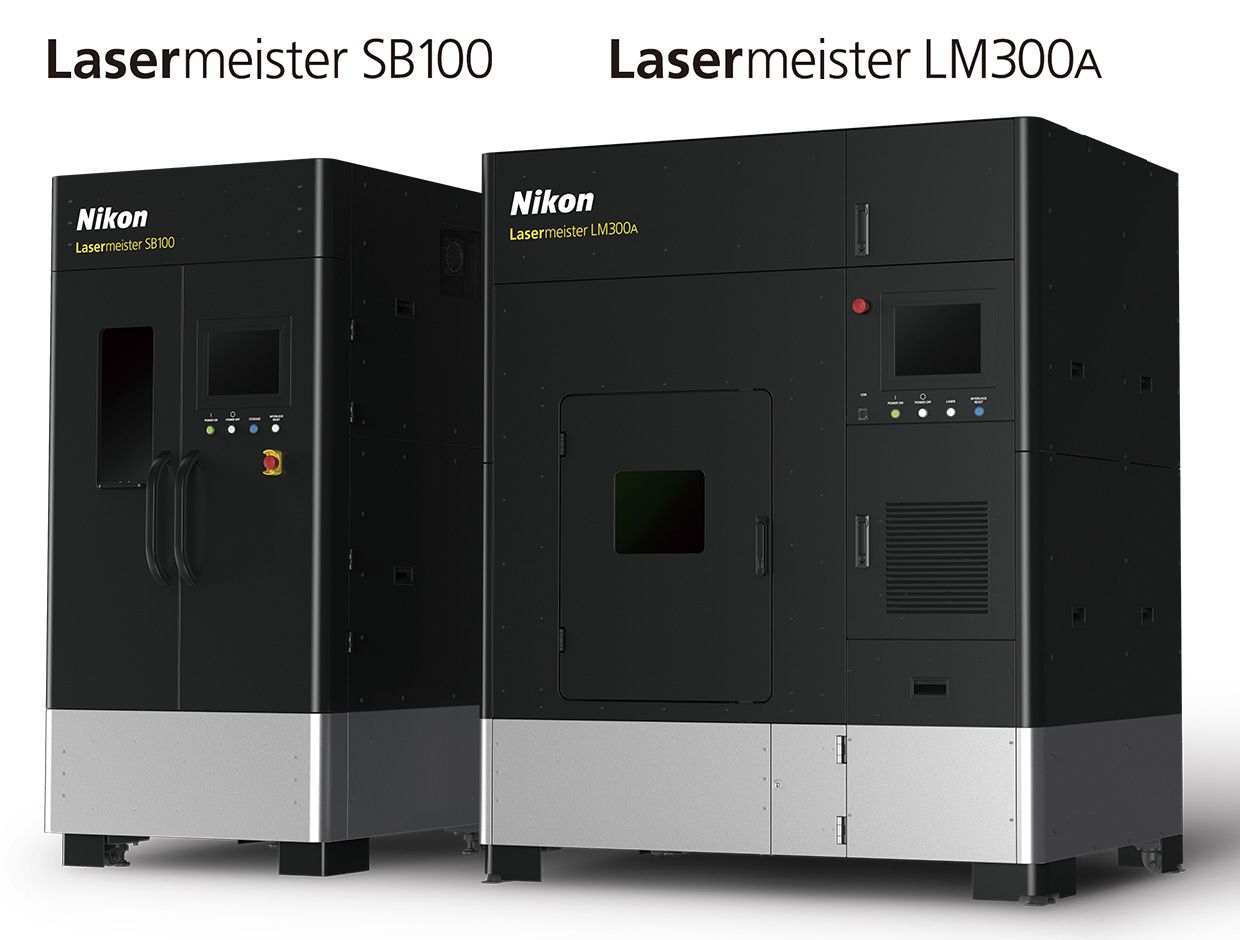Nikon Enhances Aerospace Component Repair with Additive Manufacturing
Nikon’s research program at the University of Waterloo will combine direct energy deposition and titanium powders to repair damaged or worn aerospace components.
Nikon Corp., GE Aerospace’s Advanced Powders and Coatings (AP&C), and the University of Waterloo entered a research agreement to enhance aerospace component repair with direct energy deposition (DED), metal-based additive manufacturing (AM), and titanium alloys. Nikon will combine its Lasermeister LM300A and Lasermeister SB100 scanning system with AP&C’s Ti-Al and Ti64 metal powders.
"Our high-accuracy, automated repair solution provides capabilities as it combines adaptive 3D scanning with our DED Metal AM System,” said Yuichi Shibazaki, Corporate Vice President of Nikon and General Manager of the Advanced Manufacturing Business Unit. “We are already utilizing this technology to repair industrial gas turbine components, and this program will extend its application to other critical aerospace components to further enhance repair efficiency and reliability."
Lasermeister DED and scanning systems; image credit: Nikon

In addition, AP&C will assist research funding, "We have always seen the potential of industry-academic ecosystems in advancing metal AM with several successful initiatives with the University of Waterloo under our belt,” said Frederic Larouche, CEO of AP&C. “We now look forward to working with Nikon as part of this three-way research agreement.”
Nikon’s advanced scanning system and DED technology will leverage AP&C’s high-quality titanium powders to provide customized, safe, and sustainable component repairs. Using lighter, more durable materials will produce components with optimal performance, extended lifespan, and lower operating costs. The research trio aims to improve AM-based component repair through upgraded performance, quality, and safety.
"The AM sector is experiencing significant growth, particularly with the involvement of aerospace companies,” said Behrang Poorganji, Vice President of Technology, Nikon Advanced Manufacturing. “Partnership with the industry and academic leaders in AM is key in accelerating successful adoption of AM. We are very excited and looking forward to this partnership and the growing demand for Nikon technology in this field."
These DED systems will be installed at the Multi-Scale Additive Manufacturing (MSAM) Laboratory at the University of Waterloo, representing the technology’s first deployment in Canada.
"We are confident that Nikon's repair solutions and AP&C's metal powders offer answers to industry-relevant AM technology challenges,” said Ehsan Toyserkani, Director of the MSAM Laboratory, Professor of Mechanical & Mechatronics Engineering, and Canada Research Chair in MSAM. “This partnership will enable us to effectively develop intellectual property and train the next generation of engineers and researchers through industry-focused R&D."
Additive Manufacturing
The Myth Busters, Klaus Brun and Rainer Kurz, addressed the history, advantages, and technological future of additive manufacturing in the turbomachinery industry.
“About 20 years ago, we started seeing additive manufacturing using metals,” said Brun. “There are a number of techniques, but the most popular ones are direct metal sintering or selective metal-laser sintering—these techniques are when you have a layer of metal and a heat source, and you put the heat source on the powder-metal layer to create a 3D geometry in 3D space. That technique has developed over the last 20 years—it came out with lots and lots of promises, some of which held up while other promises didn't hold up.”